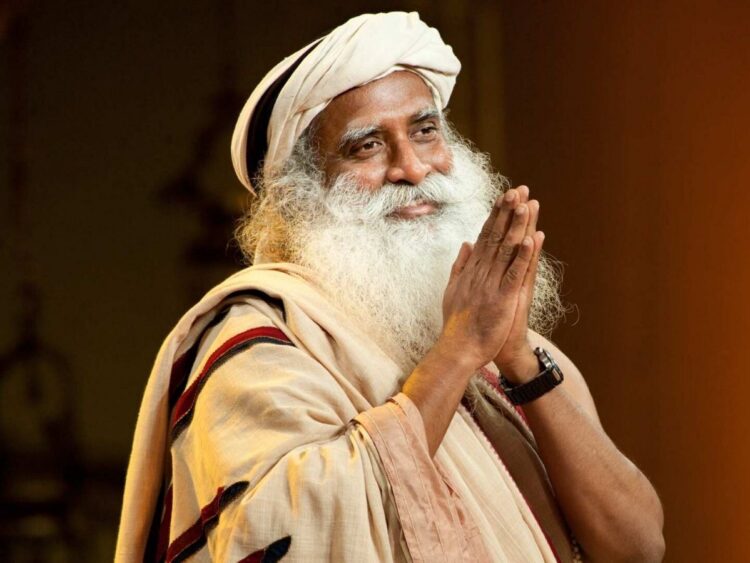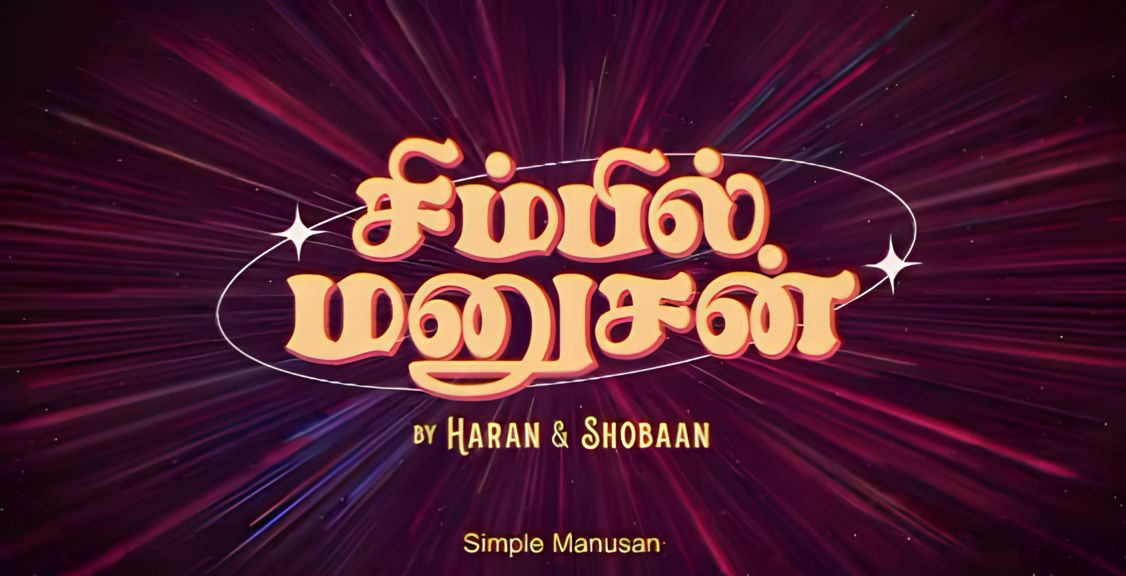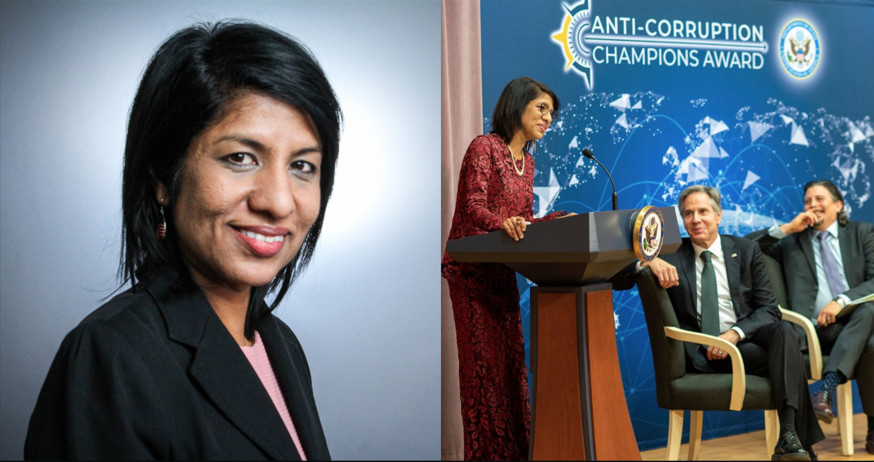One of the most important element to combat climate change is SOIL. Despite the fact that it is all around us – including backyards, and beneath our feet as we walk, there are several fascinating ways this miraculous substance holds the key to life on Earth.
Ensuring that our soil is rich and fertile is key to avoiding an ecological disaster. Sadhguru explains the importance of soil revitalisation and shares five methods we can use to save soil.
Why Do We Need to Save the Soil?
Sadhguru: Eighty-seven percent of life forms on this planet – microbes, worms, insects, birds, animals, human beings, plants, trees and every other vegetation on the planet is sustained by an average of thirty-nine inches of topsoil. And that is in grave danger right now. In the last forty years, forty percent of the world’s topsoil has been lost. The United Nations says we have soil left only for approximately eighty to hundred harvests, which means another forty-five to sixty years of agriculture. After that, we will not have the soil to produce food. You can imagine the suffering that we will unfold in the world. Thirty percent of India’s land is already degraded, and 90% of India’s states are seeing soil turn to desert. That means nothing can be cultivated there. So, protecting the soil for the future generations of this land is the most important thing.
How Can Soil Revitalisation Help the Environment?
I was speaking at one of the UN agencies in Germany, and they asked me, “What are the three things we need to do to prevent an ecological disaster?” I said, “The three things are, ‘Soil, Soil, and Soil.’” This is something that is not being looked at because it is fashionable in the cities to talk about air pollution. I am not saying it is not a concern, but if you take the necessary actions to fix the soil, that action will take care of water also. Air pollution can be fixed in a short time if we are willing to sacrifice our economic exuberance a little. But if you want to fix the soil that you have destroyed, it will take 15-25 years if you go at it aggressively. If you do it without much interest, it will take 40-50 years before you can get the soil to a certain level.
If the soil is in a bad condition for that long, that means two to three generations will go through terrible states of life.
#1 Organic Content Builds Healthy Soil
In India, people have been tilling the same land for thousands of generations. But in the last generation, the soil quality has become so poor that it is on the verge of becoming a desert. If you want to preserve the soil, it means organic content has to go into it. But our trees have all been cut and millions of animals are being exported from the country. These are not animals, this is our topsoil going to some other country. When this happens, how will you replenish the soil?
If there are no leaves or animal waste, you cannot put back anything. This is simple wisdom that every farming family knew. They knew how many animals and trees you must have on a certain amount of land.
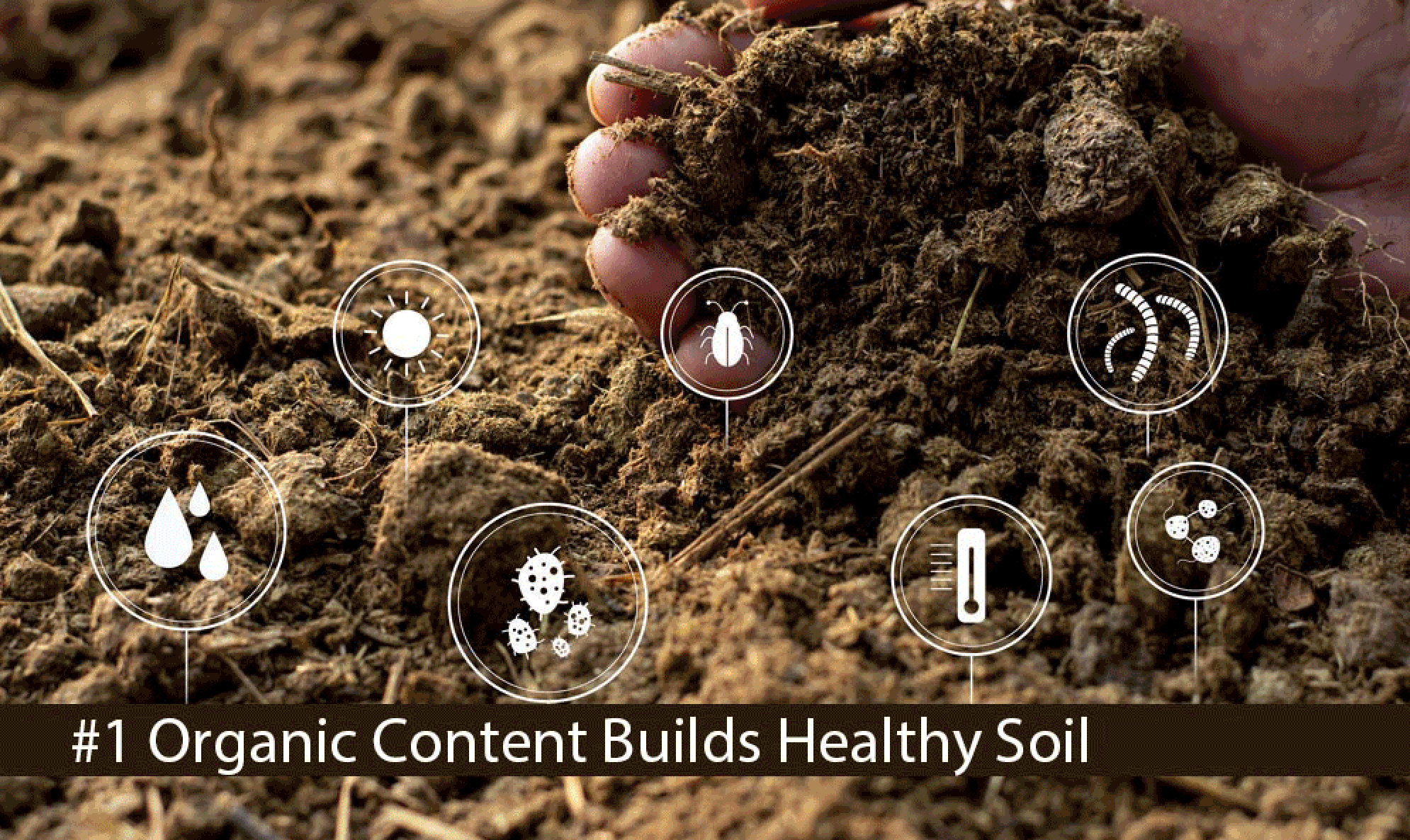
There is a national aspiration in India which has already been set by the old Planning Commission that thirty-three percent of India should be under shade, because if you want to preserve the soil, that is the only way. And I am trying to push for a law that if you own one hectare of land, you must compulsorily have a minimum of five bovine animals on the land. There is one fantastic thing about this land for which we have scientific data but no scientific reasoning yet. If you go to a place in this country where the soil is good and take one cubic meter of this soil, it is said that there are approximately 10,000 species of life in that one cubic meter. This is the highest concentration of life found anywhere on this planet. We do not know why. So, this soil just needs a little support. If you give it that little support, it will bounce back quickly. But as a generation of people, do we have the necessary brains to give that little support or will we just sit around and watch it die?
You cannot keep soil rich with fertilser and a tractor. You need animals on the land. Right from ancient times, when we grew crops, we only took the crop and the rest of the plant and animal waste always went back into the soil. We seem to have lost that wisdom.
#2 Tree-based Agriculture or Agroforestry
The term “forest produce” must go out of our vocabulary. There is no such thing as forest produce because there is not enough forest on this planet to harness it as produce. That is an era which has gone by. You cannot talk about forest produce in the future.
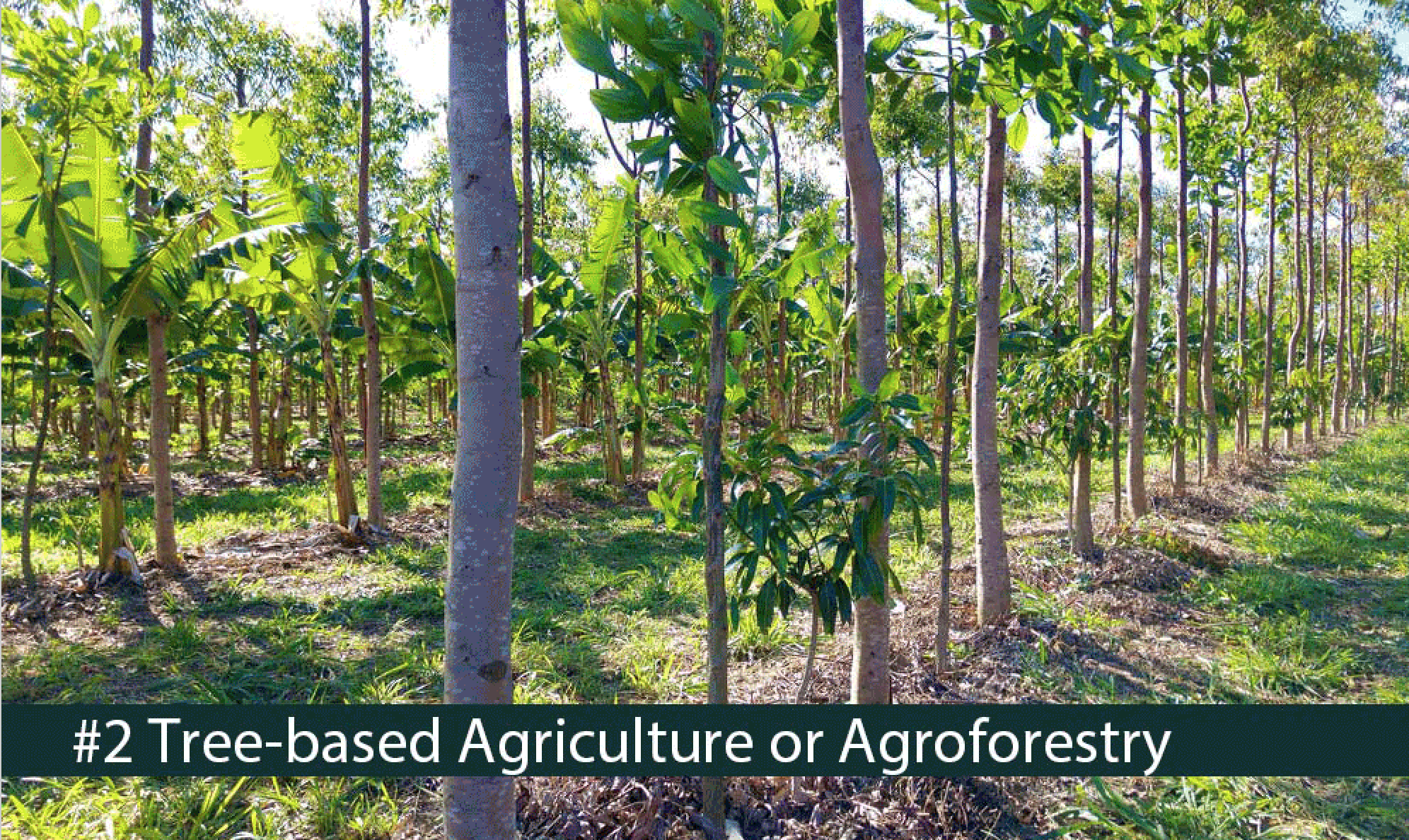 We cannot create a new rainforest because that takes millennia of work. But we can definitely create tree covers, and tree covers cannot happen unless we move into tree-based agriculture. And because a large part of the land is held by farmers, unless we make it lucrative for them to grow trees, trees will not happen.
We cannot create a new rainforest because that takes millennia of work. But we can definitely create tree covers, and tree covers cannot happen unless we move into tree-based agriculture. And because a large part of the land is held by farmers, unless we make it lucrative for them to grow trees, trees will not happen.
After years of work, the United Nations is clearly recognising today that a massive part of the solution is tree-based agriculture. That is what we have been pushing for 22 years now. And we have over 107,000 farmers doing tree-based agriculture to prove that it has worked on both ecological and economic levels.
#3 Reduce Meat Consumption
Nearly 77% of the land, about 40 million square kilometers, that is used for agriculture in the world is used to raise animals and their food. Compared to various other available solutions, meat consumption is one of the simplest things that you can reverse.
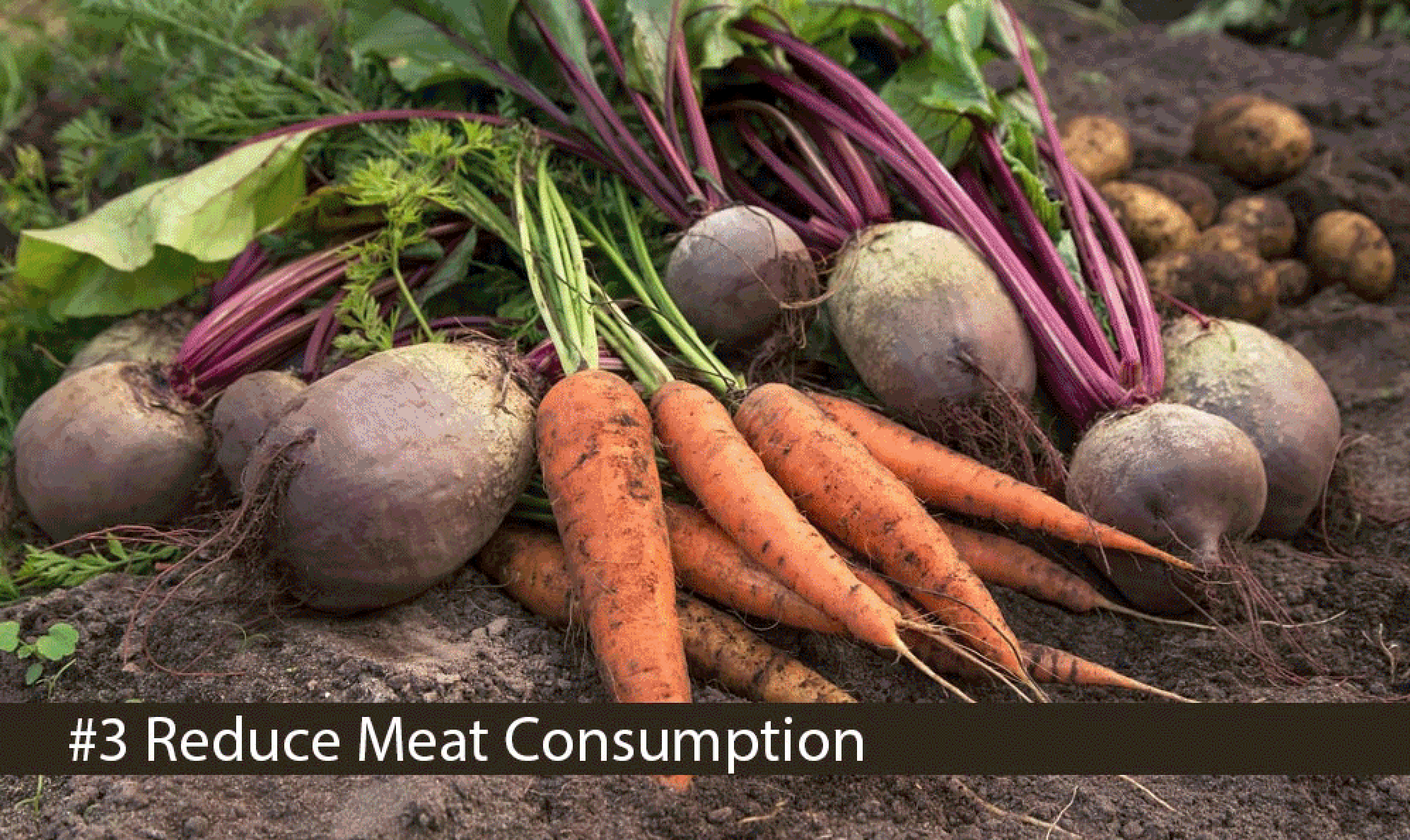 If you reduce your meat consumption by 50%, 20 million square kilometers of land on this planet will become available for tree-based agriculture. If you raise those many trees, you can produce all the things that you are getting from the forest on agricultural land. Farmers will become rich and you will also enrich the soil. In this context, you do not have to give up meat – just eat 50% less. All the doctors are telling you to do it. This is not even an ecological solution, this is a health solution for your life.
If you reduce your meat consumption by 50%, 20 million square kilometers of land on this planet will become available for tree-based agriculture. If you raise those many trees, you can produce all the things that you are getting from the forest on agricultural land. Farmers will become rich and you will also enrich the soil. In this context, you do not have to give up meat – just eat 50% less. All the doctors are telling you to do it. This is not even an ecological solution, this is a health solution for your life.
#4 Fruit Diet – Healthy for You and the Planet
Suppose someone is sick in the hospital, of course you will not take a steak or a biryani for them. You take fruits. The message is clear, “Eat sensibly, at least now!” But the person who takes it does not get it! When travelers like Hiuen Tsang and Megasthenes came to India, they observed that the Indians have a disproportionately large part of fruit in their diet and they said, “That could be the reason why they are so intellectually sharp.” We are becoming dumb because we are not conscious of the food we consume.
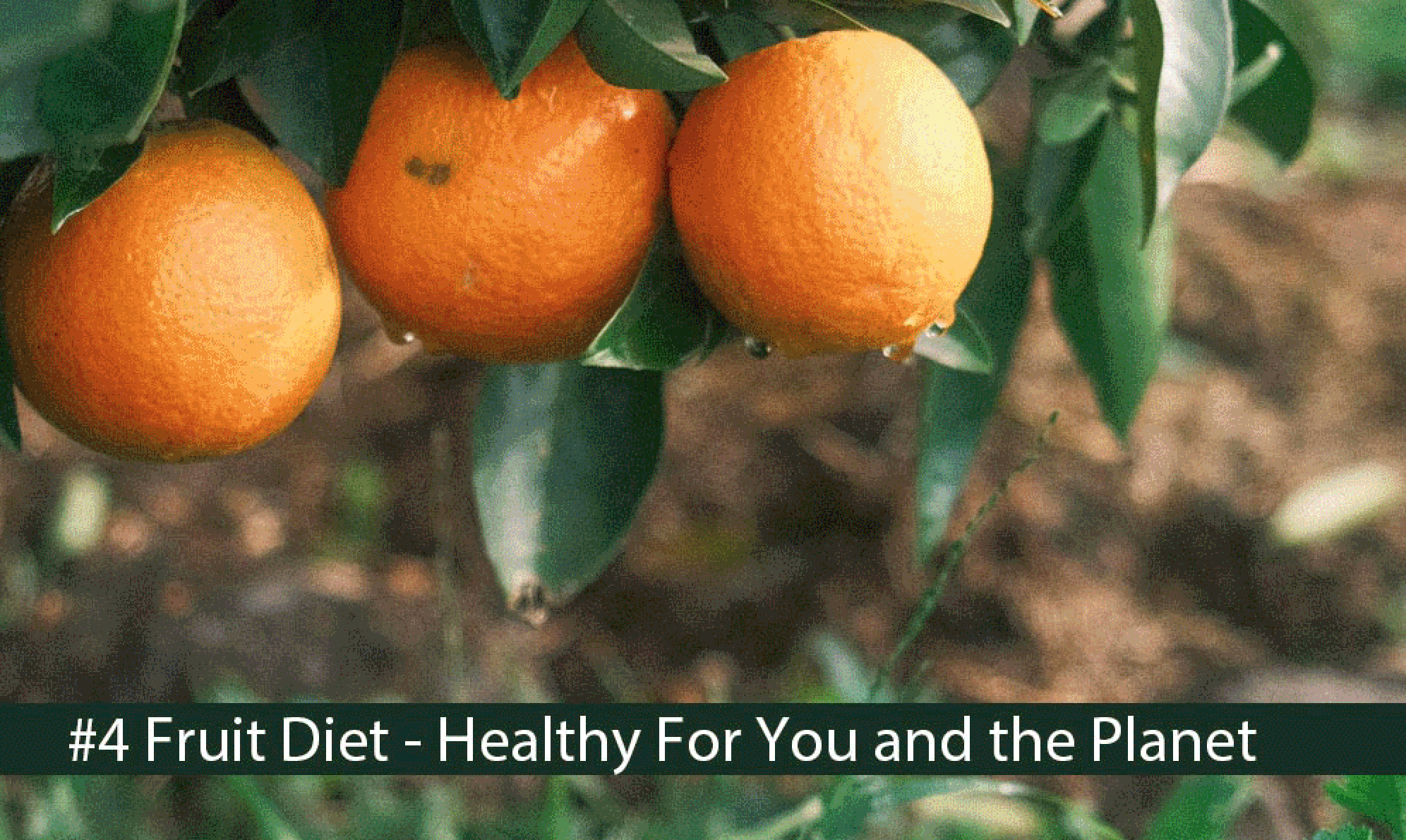 If what you eat has over 75% water content, your health will get managed very easily. If you eat a raw vegetable, the water content is somewhere over 70%. If you eat a fruit, it is generally over 90% water. So that is the best diet. At least 30-40% of our diet should come from the trees, not from 4-month cycle of crops. That means all of us should eat a little more fruit. Right now, fruit is expensive because we are getting fruit from New Zealand, Australia or Thailand. If you grow local tropical fruits here, they are not very expensive.
If what you eat has over 75% water content, your health will get managed very easily. If you eat a raw vegetable, the water content is somewhere over 70%. If you eat a fruit, it is generally over 90% water. So that is the best diet. At least 30-40% of our diet should come from the trees, not from 4-month cycle of crops. That means all of us should eat a little more fruit. Right now, fruit is expensive because we are getting fruit from New Zealand, Australia or Thailand. If you grow local tropical fruits here, they are not very expensive.
#5 Building a Conscious Planet
If any other species had perpetrated the kind of damage that we have to the planet, we would have found a way to deal with them. If billions of Martian locusts landed here and began to cut through all our trees, turned our soil into deserts, and sucked the water out of our rivers – we would have definitely exterminated them. But the problem is not alien locusts. The problem is us.
Since we are the source of the problem, we can also be the source of the solution. We are a problem only because we are in an unconscious, compulsive mode of action. If we were conscious, we would naturally be a solution. This is why I have been working with United Nations agencies and other forces, and proposing this idea of a “Conscious Planet” movement.
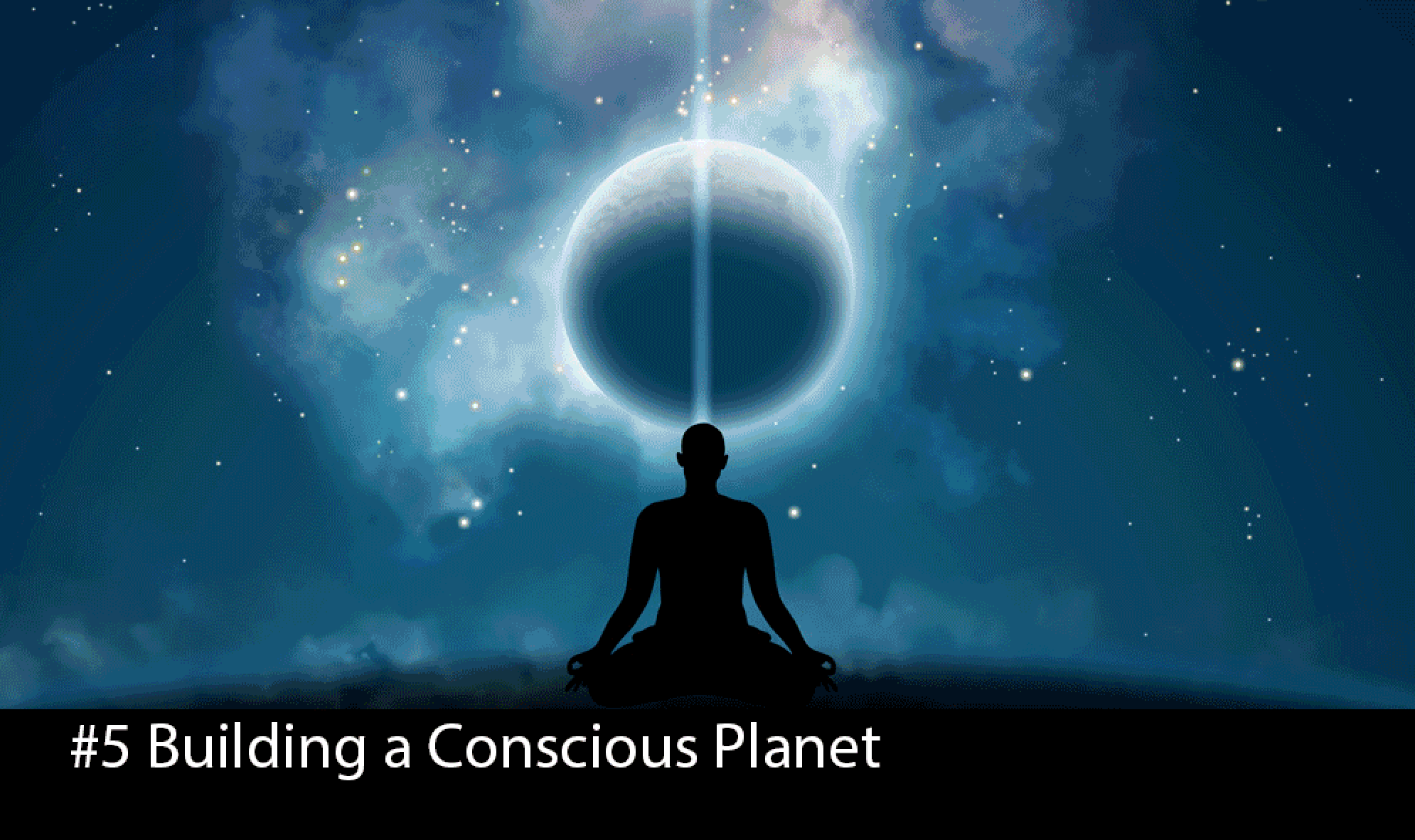
There are 5.2 billion people living in countries with the ability to vote and elect their nation’s leadership. We are looking at how to get at least three billion people on board so that ecological issues become the issues that elect governments. We want to make these three billion people aware of at least five ecological aspects that must happen in their country, and two or three aspects that must not happen. If we do this, then ecology will become if not number one, at least the number two issue in election manifestos.
As a part of the Conscious Planet movement, I am trying to bring focus to the most important aspect of rejuvenating this planet: the soil. Everything you see as life on this planet – including worms, insects, birds, animals, plant life, and ourselves – happens out of just thirty-nine inches of soil profile. The real damage is happening to this topsoil, which sustains every life that we know. If we can ensure the soil is organically rich and healthy, the planet will be capable of regenerating itself, and we will be able to manage the other problems, to a large extent.
Right now, over 95% of the global population have absolutely no awareness of the ecological disaster building up around them. Ecological awareness is confined only to a small segment of people, and even among them, the idea of ecology is largely limited to using less water while showering or turning off the tap when brushing teeth. It is wonderful that people are conscious about what they are using, but this is not a comprehensive ecological solution. Only when ecology becomes an election issue, will it become government policy, and only then will there be large budgets allocated so that solutions manifest.
-This article is a contribution by Isha Foundation in collaboration with Varnam Malaysia-
Follow us on Instagram, Facebook or Telegram for more updates and breaking news.


